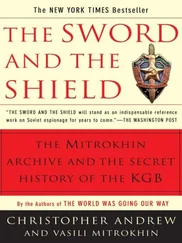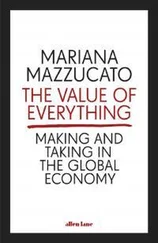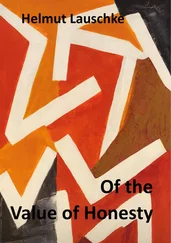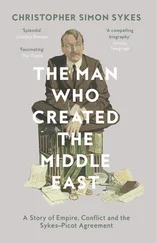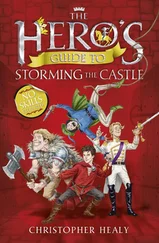The numbers show that being a billionaire is statistically easier than winning the Powerball. It is also statistically easier than making a living on the PGA Tour. There were an estimated 927 billionaires in the US at the end of 2020. Meanwhile, the career earnings of the active golfer ranked 927 on the PGA Tour amounted to less than $25,000. 4 There are more self-made billionaires in America than there are PGA Tour pros who can earn a good living playing the game.
Getting into the NBA is nearly equally hard, with just 450 players scattered across 30 teams, and each earning a median salary of approximately $3.5 million in 2019. 5 Getting into the NFL is a little easier, with about 1,900 players and a far lower median salary under $850,000. 6 Yet, you would be right to say that all these people are virtual “unicorns,” or mythical creatures, which is also a term used today for start-up businesses having valuations of a billion dollars and up.
To my way of thinking, the real action in business lies in the middle markets, which I would characterize as companies having from $10 million to $1 billion in revenues. This is where most of the job growth and business creativity is in the United States. This is the most common fertile ground for growing businesses that have the best chances for material wealth creation.
To be among the broad group of thousands of middle market businesses is broadly attainable.
By contrast, smaller companies often serve as vehicles for independent employment, which can be personally rewarding but generally lessen the chances for wealth creation.
The bottom line is this: If you can harness an idea and transform it into a business model, what are the odds of success?
It turns out that the odds of having a business that survives at least five years are about the same as the odds of consistently breaking 100 at golf. The odds of business survival for longer than 10 years are somewhat better than regularly posting golf scores under 90.
Golf vs. Business
| Golf 1 |
Business 2 |
| 50% Can't Break 100 |
20% Don't survive a year |
| 25% Shoot between 90 and 100 |
50% Survive at least five years |
| 20% Shoot between 80 and 90 |
33% Survive more than 10 years |
| 5% Shoot below 80 |
?? Survive and create MVA |
1Data from National Golf Foundation
2US Small Business Administration Office of Advocacy June 2016
Actually, the odds may be about the same, since golf statistics are based up players who report their scores. Of course, many golfers elect not to report their scores, while among those who do report their scores, there are well-founded suspicions of score embellishment.
In business, there are generally no free mulligans, and statistics are not compiled from self-reporting, which makes reported business survival rates more reliable.
Businesses that survive 10 or more years are apt to have better business models than those who do not. The outliers in business are the companies that do two things: They survive; and then having survived, they become worth more than they cost to create. These lie at the heart of wealth creation. The aggregate creation of value beyond the cost to create a company is called market value added (MVA). A company's owners tend to be the prime beneficiaries of MVA, though creditors also typically benefit. The principal driver of MVA creation is centered in the ability of a business to realize rates of return that exceed the overall cost of capital, which includes both equity and interest-costing proceeds from other people and institutions . At an extreme level, outlier businesses can enable their shareholders to become unicorns. I expect that most of the founders of such rarified companies end up as surprised as Sergey Brin and Larry Page. But there are thousands of MVA-creating businesses that individually and collectively lie at the center of our economy and the prosperity of our communities.
While there is a limitless supply of ideas that might be applicable to business formation, there is not, at a high level, a limitless supply of business models. When viewed abstractly, just Six Variables combine to deliver equity returns and create equity market value added. They are:
1 Sales
2 Business investment
3 Operating profit margin
4 Amount of interest costing proceeds (other people's money)
5 Cost of other people's money
6 Annual maintenance capital expense
This is not to say that buried within the Six Variables lie far more diverse operational fundamentals. Henry Ford created the first scalable automotive assembly line, and Albert P. Sloan was an administrative and marketing genius who grew General Motors to surpass Ford and become the largest company in the world. These and other operationally minded business leaders are illustrative of the immense creativity that can be harnessed to enhance business models. Still, behind all this effort and operational creativity lie Six Variables, which demand the attention of—and can help—every business leader.
1 1. 2021 Small Business Profile, US Small Business Administration Office of Advocacy.
2 2. Wealth-X's Billionaire Census 2021.
3 3. Wealth-X's Billionaire Census 2021.
4 4. Career money leaders list through February 2021, Professional Golf Association.
5 5. Dimitrije Curcic, “The Ultimate Analysis of NBA Salaries [1991–2019],” August 6, 2021, https://runrepeat.com/salary-analysis-in-the-nba-1991-2019.
6 6. 2020 Player Salaries, https://www.pro-football-reference.com/.
Chapter 2 Daymond John and the First Variable
Growing up in Hollis, Queens, Daymond John was just 10 years old when he started working after-school jobs, such as handing out flyers for $2 an hour. By the time he graduated from Bayside High School, he had significant entrepreneurial experience and a strong work ethic. Juggling jobs and a desire to work for himself, he began selling t-shirts and later turned to the emerging hip-hop culture for clothing inspiration. In 1989, he began to sell headwear, and then shirts branded with his company's name, FUBU, which stands for “For Us By Us.” Early on in this endeavor, Daymond's mother taught him to sew, and when he received his first big orders for $300,000 from a single Las Vegas retailer convention in 1994, he returned to their home to set up production. But he needed cash to pay for the means of production—sewing machines, fabric, employees. With orders in hand, Daymond approached banks to obtain a loan, and was declined 26 times. 1 So, he and his mother took out a $120,000 mortgage on their house to enable him to acquire the eight sewing machines and the material he needed to fulfill his orders. He also hired eight tailors. For the next two years, the home he shared with his mother would become his factory.
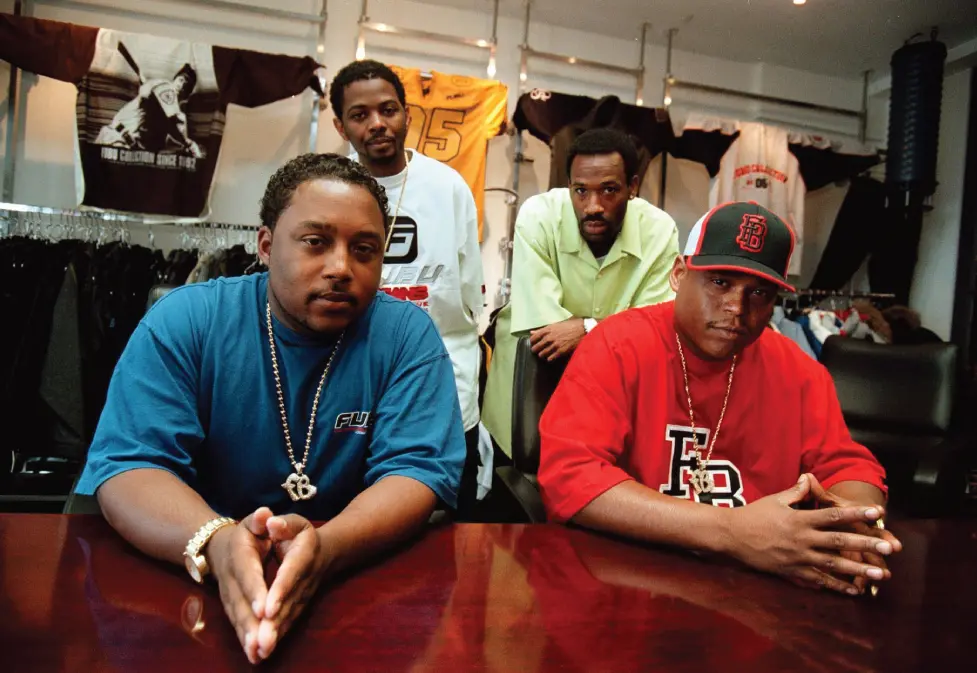
Daymond John (bottom left), Carl Brown, J. Alexander Martin, and Keith Perrin, the entrepreneurs behind FUBU, pose for a photo in their New York City offices in 1999. (Tyler Mallory/FTWP)
The money Daymond had borrowed was sufficient to fulfill his order and make a decent profit, but having done so, he was virtually broke—and new orders were coming in. He had failed to factor in the need to pay in advance for his material, which took 120 days to arrive from overseas. To add to his challenge, he had to deal with the delay in cash flow arising from the manufacturing time. The ultimate cash flow pain point was the 120-day payment terms he offered his retailers. As a result, his liquidity had to accommodate a revenue cycle that spanned more than 240 days, not to mention the growth he was experiencing from new orders. In desperation, with just $500 left in his bank account and no banks to assist him, he took out an ad in The New York Times that said, “A million dollars in orders. Need Financing.” Fortunately, someone at Samsung Americas textile division saw and answered the advertisement, helping avert a financial disaster. Over the next 25 years, Daymond John's companies sold $6 billion in clothing, and he became a nationwide celebrity on the cast of the syndicated reality show Shark Tank .
Читать дальше





